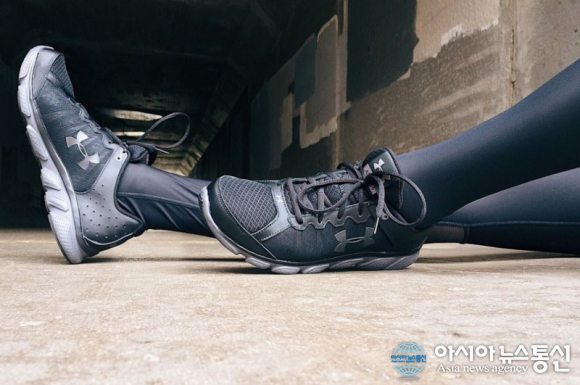 |
| Photo by: Wokandapix via Pixabay |
"Don't skip leg day."
Most gym buffs and fitness enthusiasts preach this gospel on a daily basis. Most gym patrons, though, dread those days, as they have to channel all of their workout energies for their legs, when they would prefer to work on their chests, arms, and abs.
Yet, how important is it to work out the legs?
Do I have to?
A Men's Health article acknowledges that legs day is "a torturous, lactic acid-drenched ordeal."
In addition, leg day is a manifestation of the person's dedication to tune up more than just their mirror muscles (another term for the upper body).
Nagging about leg day is both an irritation and a threat to the whole fitness routine. The University of Alberta has stated that exercises do not stress about the pros and cons. Should leg day leave exercisers stressed out and recite excuses, it will only be a matter of time before they turn their back completely on the gym.
The article suggests that exercisers can swap lower-body workouts with hill sprints, a routine that can burn fat, tune up cardio fitness, and trigger serious growth as it involves lifting up knees above the hips and firing up the glutes.
Another substitute to leg day routine is an all-around body weight circuit, and it can help practitioners work their legs if it supersets press-ups with lunges or dips with box jumps.
Experts say
Another Men's Health article has enumerated five reasons why gym patrons must uphold leg day's importance:
1) It builds more muscle
Testosterone, a steroid hormone that the body naturally produces, helps in improving muscle mass and strength. Squat and deadlifts, compound moves that involve large muscle, can help gym buffs elevate their testosterone levels.
Supplementing these findings is a study that gauged the hormonal response during single episodes of heavy resistance exercise. This can be found in the European Journal of Applied Physiology.
2) It burns more calories
The gluteus maximus (buttocks) are the largest muscles in the body, and to work out these muscles will require more energy, leading to more calories burned.
The Journal of Applied Physiology has published a study that has recorded the athletes' energy dissipation and metabolism following a series of heavy resistance maneuvers. The end result was that the athletes' metabolic rates - the amount of energy spent - have spiked after 90 minutes of training, which features squats and deadlifts.
3) It prevents people from having a chicken-like figure
Having a big upper body but the small lower body will never always be a sight for sore eyes.
4) It improves big lifts
The legs and core are the sources of power in heavy lifting. Even in bench-pressing, the lower body is the portion that is engaged to provide a steady platform to pump from.
Functional exercises, such as the deadlifts, contribute in building up the legs, glutes, and lower body, and they also develop all-over muscle and mobility.
5.) It reduces injury risks
Muscle imbalances, poorly conditioned hamstrings, and insufficient mobility are the culprits behind low back pains and ACL injuries. Squats, lunges, and deadlifts contribute to the development of hamstrings, the creation of muscles around weak joints, and the stimulation of stability and mobility.
Leg power
An article lists down the six leg day exercises that can mold the whole body with the power of the legs.
1) Squats
This routine is the foundation of all lower-body exercises, and investing time in a squat position on a daily basis will produce the best results.
Squatting under load thrice a week will be the best start, and while body weight squats and squat mobility should be done on other days by devoting 5 to10 minutes in a deep squat. Barbell front squats, barbell back squats, box squats, and goblet squats are the varieties that exercisers can perform.
2) Goblet squats
The routine enables exercisers to use either a dumbbell or a kettlebell, and it is also accessible and safer than barbell variations. Holding the weight in front serves as a counterbalance that will correct the squat form, making practitioners sit lower and more upright. It also relieves pressure off the lower back and promotes better growth for the glutes and quads.
3) Bulgarians
To achieve balance and symmetry between sides, by unloading the spine and improving the hip mobility and core stability are the single-leg exercises' primary objectives.
Recent studies have depicted that this routine is as effective as the regular squat for muscle and strength gains. The routine is recommended to be at least once a week, composed of 2-to-5 minutes per side.
4) 10 minutes of lunges or step-ups
It is recommended to use the body weight in the beginning of this routine. And then, alternate between faster and slower tempos. Exercisers have the option to prolong time or add weight.
Increasing the box height can be applied for step-ups.
5.) Deadlifts
A total-body strength and muscle builder that supplies the back, hips, and hamstrings.
6.) Thrusts
An exercise routine that can be done once a week. Exercisers can start by using their body weights and perform sets of 10 to 20 reps.

